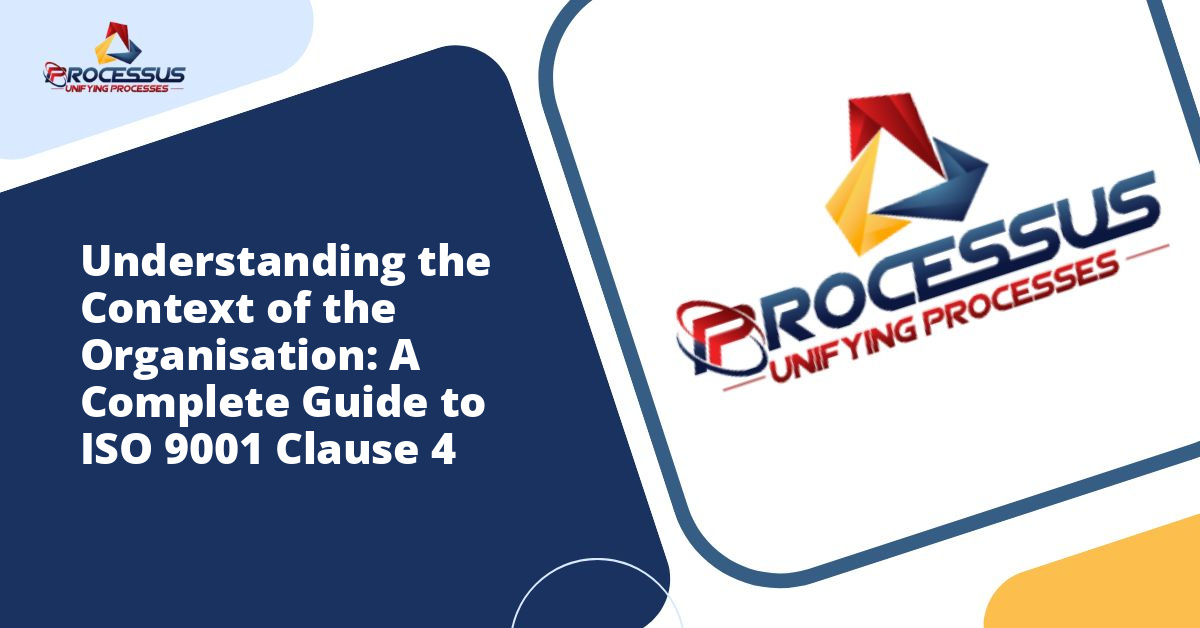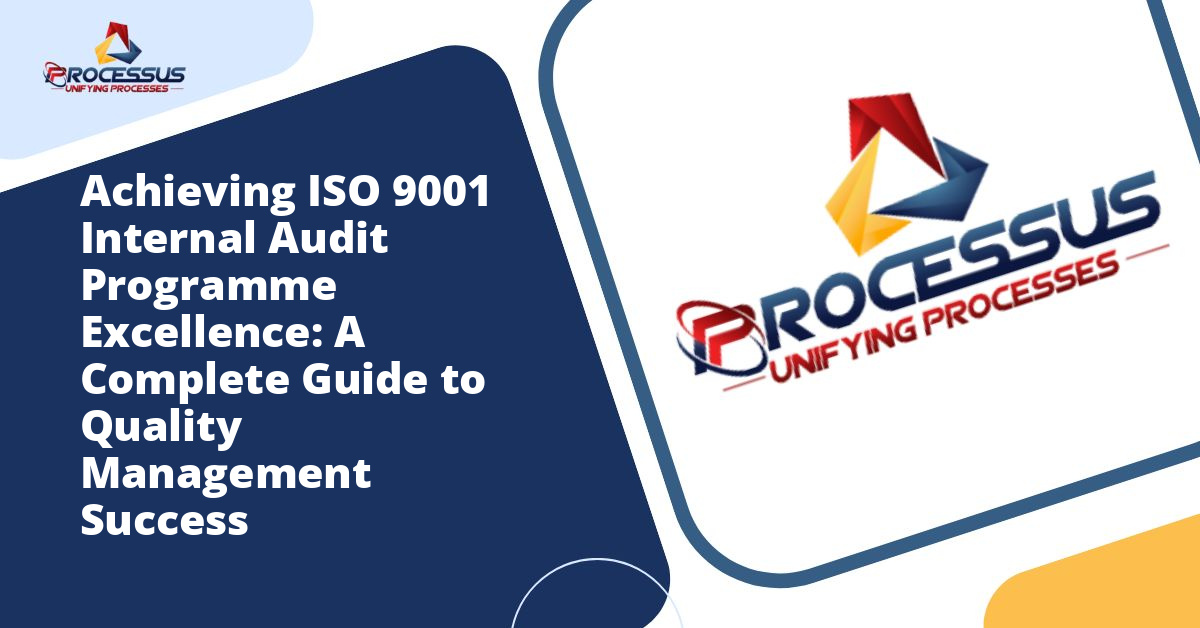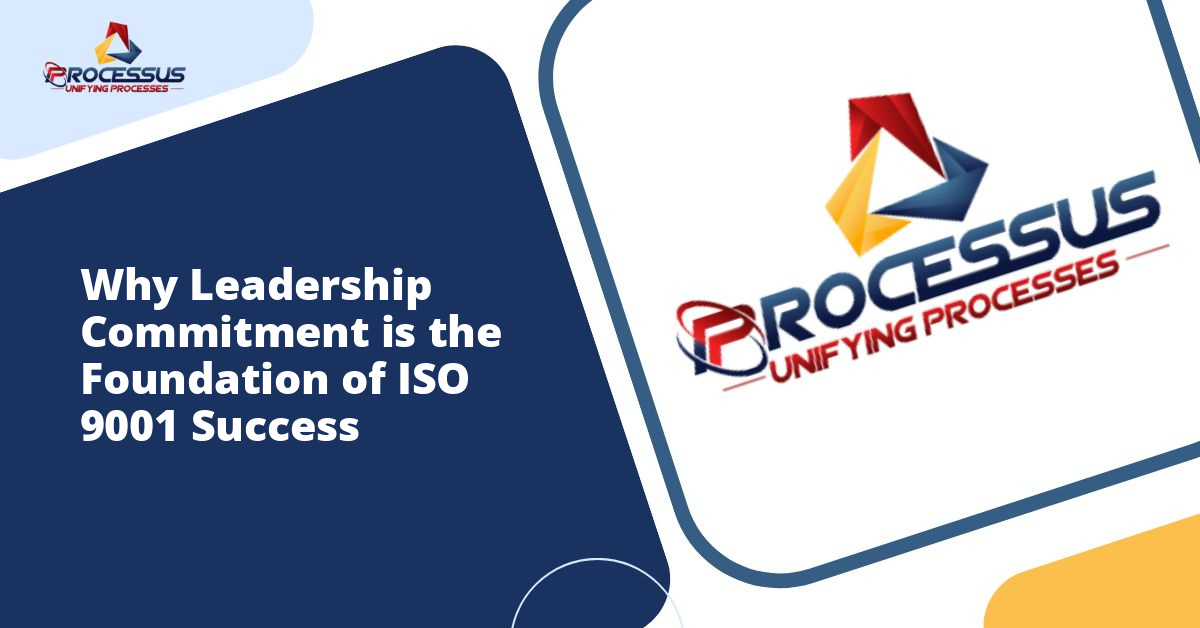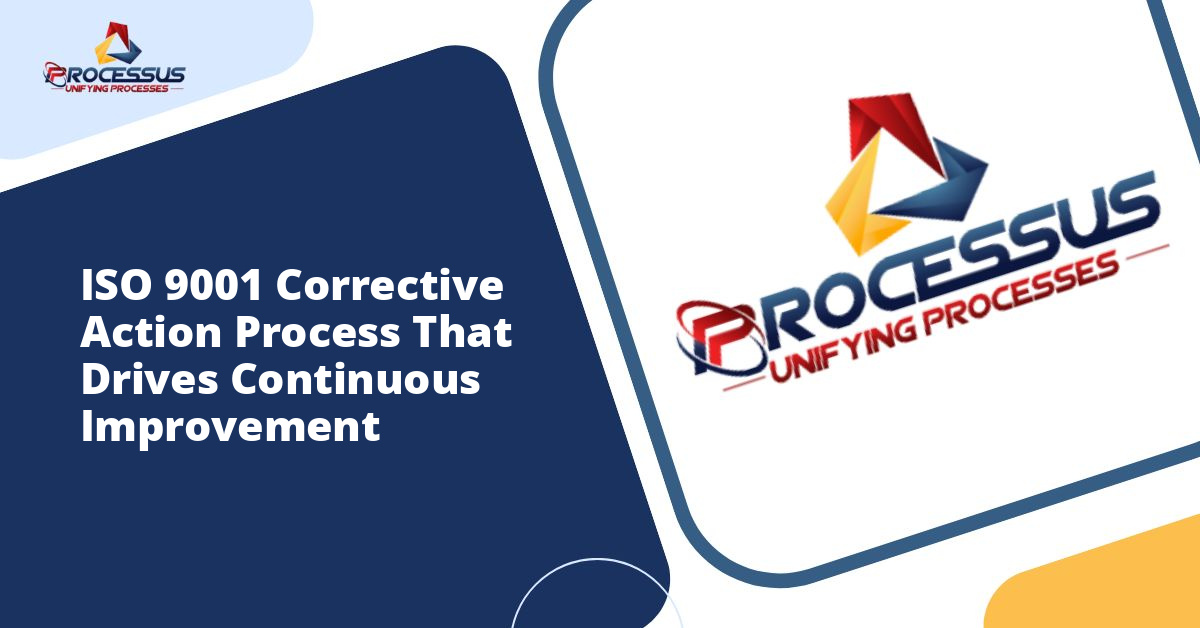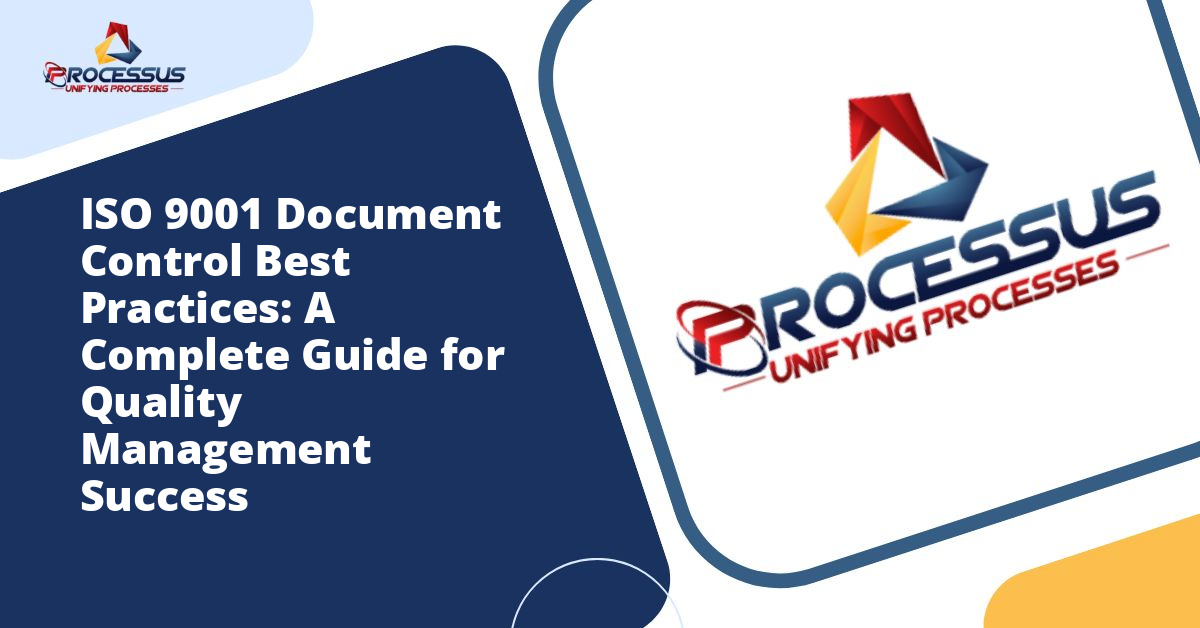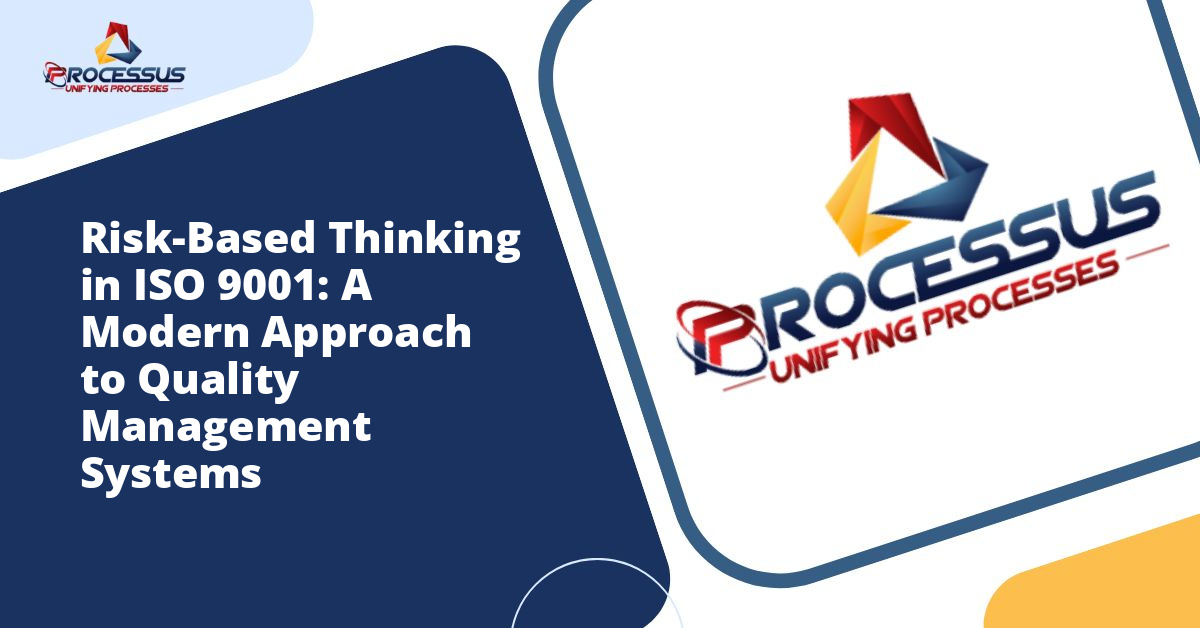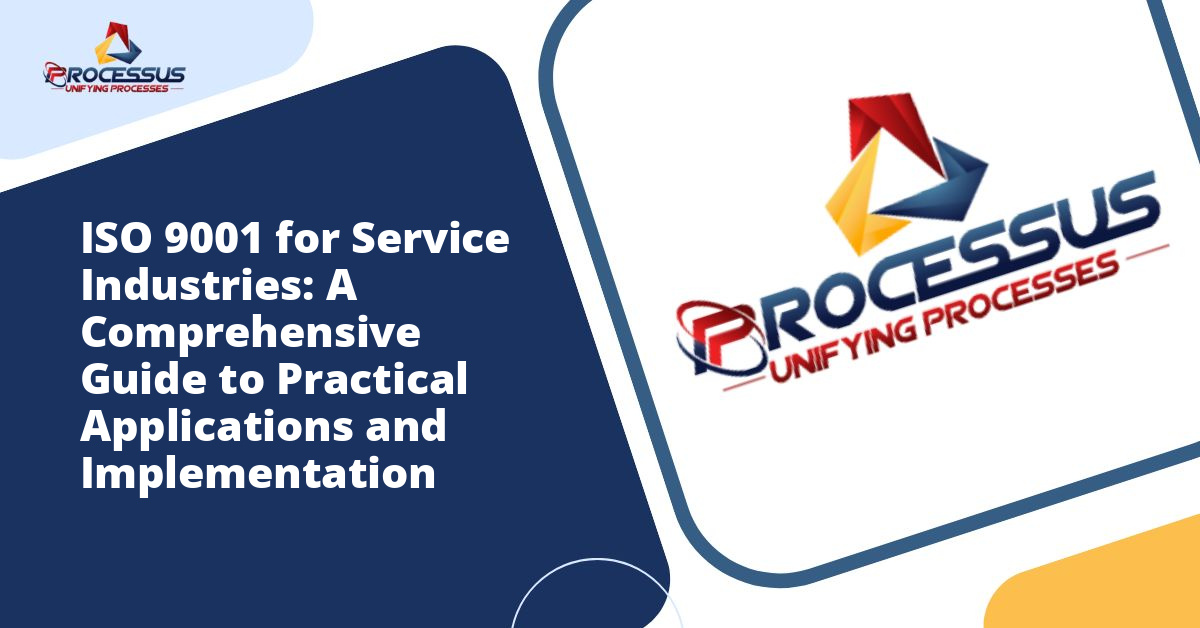Quality management systems form the backbone of successful organisations worldwide, and ISO 9001 stands as the most recognised international standard for quality management. At the heart of this standard lies Clause 4, which addresses the context of the organisation. This foundational clause sets the stage for everything that follows in your quality management system implementation.
Understanding Clause 4 is not merely about compliance; it’s about building a robust framework that aligns your quality management efforts with your business reality. This comprehensive guide will walk you through every aspect of ISO 9001 Clause 4, helping you grasp its significance and practical application. You might also enjoy reading about ISO 9001:2015 Process Approach Implementation Guide: A Complete Framework for Quality Management Success.
What is ISO 9001 Clause 4?
ISO 9001 Clause 4 represents a fundamental shift in how organisations approach quality management. Rather than adopting a one-size-fits-all methodology, this clause requires organisations to carefully examine their unique circumstances, challenges, and stakeholder expectations before establishing their quality management system. You might also enjoy reading about Customer Satisfaction Measurement for ISO 9001: A Complete Implementation Guide.
The clause is divided into four distinct sub-clauses, each addressing a critical aspect of organisational context. These sections work together to create a comprehensive understanding of where your organisation stands and what it needs to consider when implementing quality management practices. You might also enjoy reading about Risk-Based Thinking in ISO 9001: A Modern Approach to Quality Management Systems.
This contextual approach ensures that your quality management system is not just a set of procedures sitting on a shelf but a living, breathing framework that responds to your actual business environment. It acknowledges that organisations operate in different markets, face unique challenges, and serve diverse stakeholder groups.
Breaking Down the Four Sub-Clauses
Clause 4.1: Understanding the Organisation and Its Context
The first sub-clause requires organisations to identify and monitor internal and external issues relevant to their purpose and strategic direction. This goes far beyond a simple SWOT analysis, though such tools can certainly support the process.
Internal issues might include your organisational culture, knowledge base, technological capabilities, resource availability, and internal politics. These factors directly influence how effectively you can implement and maintain a quality management system. For instance, an organisation with a strong culture of continuous improvement will find it easier to embed quality practices than one resistant to change.
External issues encompass the broader environment in which your organisation operates. These include economic conditions, technological developments, competitive pressures, regulatory changes, social trends, and environmental considerations. A manufacturing company, for example, must consider supply chain stability, raw material availability, and emerging environmental regulations.
The key to successfully addressing Clause 4.1 lies in establishing a systematic process for identifying and reviewing these issues regularly. Markets change, technologies evolve, and regulations update. Your understanding of context must be dynamic rather than static.
Clause 4.2: Understanding the Needs and Expectations of Interested Parties
No organisation exists in isolation. You serve customers, employ staff, answer to shareholders or owners, work with suppliers, and operate within communities. Clause 4.2 requires you to identify these interested parties (also called stakeholders) and understand what they need and expect from your organisation.
Customers naturally form a primary interested party. They expect products or services that meet their requirements, competitive pricing, reliable delivery, and responsive customer service. However, their expectations extend beyond the immediate transaction to include ethical business practices, environmental responsibility, and corporate values that align with their own.
Employees represent another critical stakeholder group. They expect fair compensation, safe working conditions, opportunities for development, and a positive work environment. When their needs are met, they become more engaged and contribute more effectively to quality objectives.
Regulatory bodies and statutory authorities must be considered. Their requirements are not optional, and failure to meet them can have serious consequences. Understanding what regulators expect and staying current with changing requirements forms an essential part of your quality management system.
Suppliers and partners also qualify as interested parties. Your relationship with them affects your ability to deliver quality products and services. They expect clear specifications, fair treatment, timely payment, and long-term partnerships.
The challenge lies in balancing sometimes competing interests. Shareholders might prioritise profitability, while environmental groups push for sustainability investments that increase costs. Your quality management system must navigate these tensions effectively.
Clause 4.3: Determining the Scope of the Quality Management System
Once you understand your organisational context and stakeholder expectations, Clause 4.3 requires you to define the boundaries of your quality management system. This means determining which parts of your organisation, which products or services, and which locations will be covered by ISO 9001.
The scope statement serves multiple purposes. It provides clarity to everyone in your organisation about what falls under quality management system requirements. It informs customers and other stakeholders about what your certification covers. It also sets boundaries for auditors who assess your compliance.
When determining scope, you must consider the issues identified in Clause 4.1 and the requirements identified in Clause 4.2. You cannot arbitrarily exclude parts of your organisation or processes that significantly affect your ability to provide compliant products and services.
ISO 9001 does allow for some exclusions, but these are limited. You can only exclude requirements from Clause 8 (Operation), and only when they genuinely do not apply to your organisation. For example, a service organisation might exclude requirements related to production equipment. However, you must justify any exclusions and document them in your scope statement.
A well-crafted scope statement is specific and clear. Rather than vague language, it identifies specific products or services, locations, and organisational functions covered. This specificity helps prevent misunderstandings and ensures everyone knows what the quality management system encompasses.
Clause 4.4: Quality Management System and Its Processes
The final sub-clause addresses the nuts and bolts of your quality management system. It requires you to establish, implement, maintain, and continually improve your quality management system, including all necessary processes and their interactions.
This process-based approach represents one of the fundamental principles of ISO 9001. Rather than viewing your organisation as a collection of departments or functions, you must understand it as a network of interconnected processes that transform inputs into outputs.
For each process, you need to determine several key elements. First, identify the inputs required and the outputs expected. What resources, information, or materials does the process need to function? What should it produce?
Next, establish the sequence and interaction of processes. Few processes operate in isolation. The output of one process often becomes the input for another. Understanding these connections helps you manage the system as a whole rather than as disconnected parts.
You must also determine criteria and methods for ensuring effective operation and control of your processes. This includes establishing performance indicators, setting targets, and defining control measures. How will you know if a process is working as intended? What measurements will you take?
Resource allocation forms another critical consideration. Each process needs appropriate resources, whether human, technological, financial, or infrastructural. Clause 4.4 requires you to ensure these resources are available.
Assigning responsibilities and authorities is equally important. People need to know who is accountable for each process, who has the authority to make decisions, and who is responsible for specific tasks within the process.
Risk management integrates into process management under this clause. You must address risks and opportunities associated with your processes. What could go wrong? What opportunities exist for improvement? How will you respond to both?
Finally, you need to evaluate processes and implement changes as necessary. This connects to the continual improvement requirement that runs throughout ISO 9001. Regular review and adjustment ensure your processes remain effective and efficient.
Practical Implementation Strategies
Conducting a Context Analysis
Implementing Clause 4.1 effectively requires a structured approach to context analysis. Start by assembling a cross-functional team that brings diverse perspectives. Quality managers, operations staff, sales representatives, and senior leaders all offer valuable insights into organisational context.
Use multiple tools and techniques to gather information. PESTLE analysis helps identify political, economic, social, technological, legal, and environmental factors. Porter’s Five Forces can reveal competitive dynamics. Internal audits and employee surveys illuminate internal issues.
Document your findings in a format that works for your organisation. Some companies create detailed context registers that list each issue, its potential impact, and how it relates to the quality management system. Others prefer visual tools like mind maps or influence diagrams.
Establish a review schedule appropriate to your business environment. Rapidly changing industries might require quarterly reviews, while more stable sectors might review annually. However, always remain alert to significant changes that warrant immediate reassessment.
Mapping Interested Parties
Identifying interested parties requires systematic thinking. Begin with the obvious groups, such as customers, employees, and regulators, then expand outward. Consider who affects your organisation, who is affected by your organisation, and who perceives themselves as affected.
For each interested party, document their relevant requirements and expectations. Be specific rather than generic. Instead of noting that customers expect quality products, specify what quality means in your context. Does it mean durability, precision, aesthetic appeal, or something else?
Prioritise interested parties based on their influence and importance. Not all stakeholders carry equal weight in decision-making. A major customer who represents 30% of your revenue demands more attention than a small, occasional buyer.
Create communication channels that help you stay connected with interested parties. Regular customer surveys, employee feedback sessions, supplier meetings, and community engagement activities all provide valuable information about changing needs and expectations.
Writing an Effective Scope Statement
Your scope statement should be accessible to anyone who needs to understand what your quality management system covers. Avoid technical jargon where possible, but be precise in your language.
Include specific information about products or services covered. If you manufacture multiple product lines but only certifying some, list them explicitly. If you operate multiple locations but the quality management system only covers certain sites, identify them clearly.
Reference the issues and requirements from Clauses 4.1 and 4.2 that influenced your scope determination. This demonstrates the logical connection between your context analysis and scope decisions.
Make your scope statement readily available. It should appear in your quality manual if you maintain one, on your website if appropriate, and in documentation provided to customers and auditors.
Documenting Your Process Network
Fulfilling Clause 4.4 requires clear documentation of your processes and their interactions. Process maps or flowcharts provide visual representations that are easier to understand than lengthy written descriptions.
Start by identifying your core processes, those directly related to delivering your products or services. Then add support processes that enable core processes to function. Finally, include management processes that provide direction and oversight.
For each process, create documentation that captures essential information without becoming bureaucratic. Process owners, key steps, inputs and outputs, performance indicators, and control measures all warrant documentation. However, avoid documenting every minute detail, as this creates maintenance burdens without adding value.
Use a consistent format across all process documentation. This makes the system easier to navigate and understand, particularly for new employees or auditors.
Common Challenges and Solutions
Treating Context Analysis as a One-Time Activity
Many organisations make the mistake of completing their context analysis during initial ISO 9001 implementation and then filing it away. This defeats the purpose of the clause, which envisions context as dynamic rather than static.
The solution involves building regular context reviews into your management system. Link these reviews to management review meetings, strategic planning sessions, or other regular leadership activities. Assign responsibility for monitoring specific aspects of context to appropriate personnel.
Identifying Too Many or Too Few Interested Parties
Some organisations cast their net too wide, identifying dozens of interested parties with minimal real impact on their quality management system. Others take an overly narrow view, focusing only on customers and regulators while ignoring other significant stakeholders.
Finding the right balance requires focusing on relevance to your quality management system. Ask whether each potential interested party has requirements that affect your ability to provide compliant products and services. If the answer is no, they might not need inclusion in your Clause 4.2 analysis.
Writing Scope Statements That Are Too Vague
Generic scope statements like “provision of quality services” tell readers nothing useful. They fail to clarify what is included or excluded and provide no meaningful information to stakeholders.
Invest time in crafting a specific, informative scope statement. Include your industry sector, specific products or services, geographical coverage, and any relevant exclusions. Review scope statements from organisations in similar industries for inspiration, but ensure yours reflects your unique situation.
Creating Overly Complex Process Documentation
Some organisations respond to Clause 4.4 by creating elaborate process hierarchies with multiple levels of procedures, work instructions, and forms. This bureaucratic approach often impedes rather than supports quality management.
Remember that ISO 9001 requires you to maintain documented information to the extent necessary for your organisation. Smaller, simpler operations need less documentation than large, complex ones. Focus on capturing information that genuinely helps people do their jobs correctly rather than creating documents for their own sake.
The Strategic Value of Clause 4
Beyond compliance, Clause 4 offers significant strategic benefits. Organisations that thoroughly understand their context make better decisions, allocate resources more effectively, and respond more quickly to changes in their environment.
The context analysis required by Clause 4.1 feeds directly into strategic planning. Understanding external trends and internal capabilities helps you identify opportunities and threats before competitors do. This forward-looking perspective enables proactive rather than reactive management.
Understanding interested party requirements helps you prioritise initiatives and balance competing demands. When you know what matters most to key stakeholders, you can focus improvement efforts where they will have the greatest impact.
A well-defined scope prevents scope creep and helps manage audit activities efficiently. It also provides clarity for resource allocation, ensuring you invest appropriately in areas covered by your quality management system.
The process approach required by Clause 4.4 drives operational excellence. When you understand how processes interact and manage them as a system, you eliminate waste, reduce errors, and improve efficiency. This translates directly into better quality and lower costs.
Conclusion
ISO 9001 Clause 4 provides the foundation upon which your entire quality management system rests. By requiring organisations to understand their context, identify interested parties, define their scope, and establish their process network, it ensures quality management systems are relevant, appropriate, and effective.
Implementation requires more than checking boxes. It demands genuine engagement with the questions these clauses pose. What issues truly matter for your organisation? Who are your stakeholders and what do they need? What should your quality management system encompass? How do your processes work together?
Organisations that approach these questions thoughtfully reap rewards beyond certification. They build quality management systems that drive real business value, support strategic objectives, and enhance organisational resilience. They create frameworks flexible enough to adapt as contexts change while maintaining the discipline necessary for consistent quality delivery.
Whether you are implementing ISO 9001 for the first time, preparing for recertification, or simply seeking to strengthen your quality management practices, investing time and attention in Clause 4 will pay dividends throughout your quality journey.

